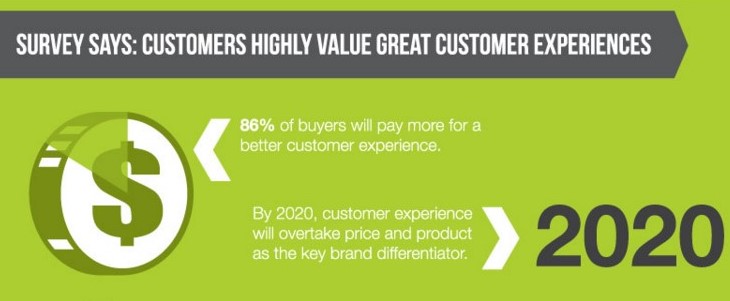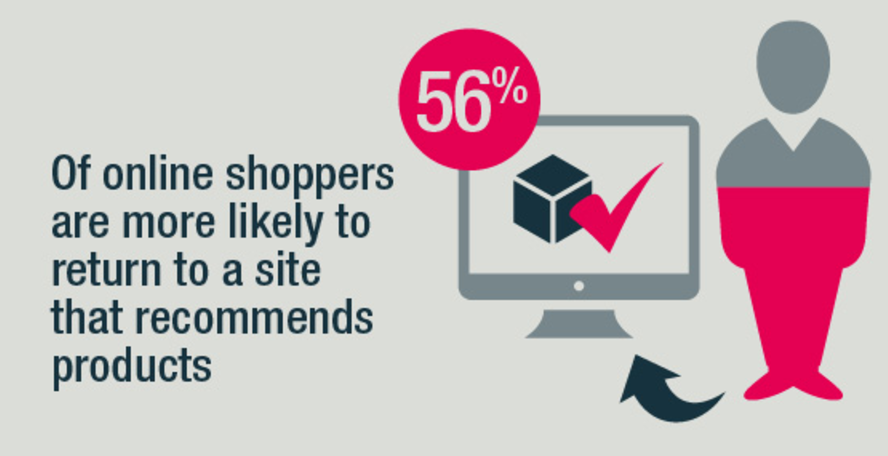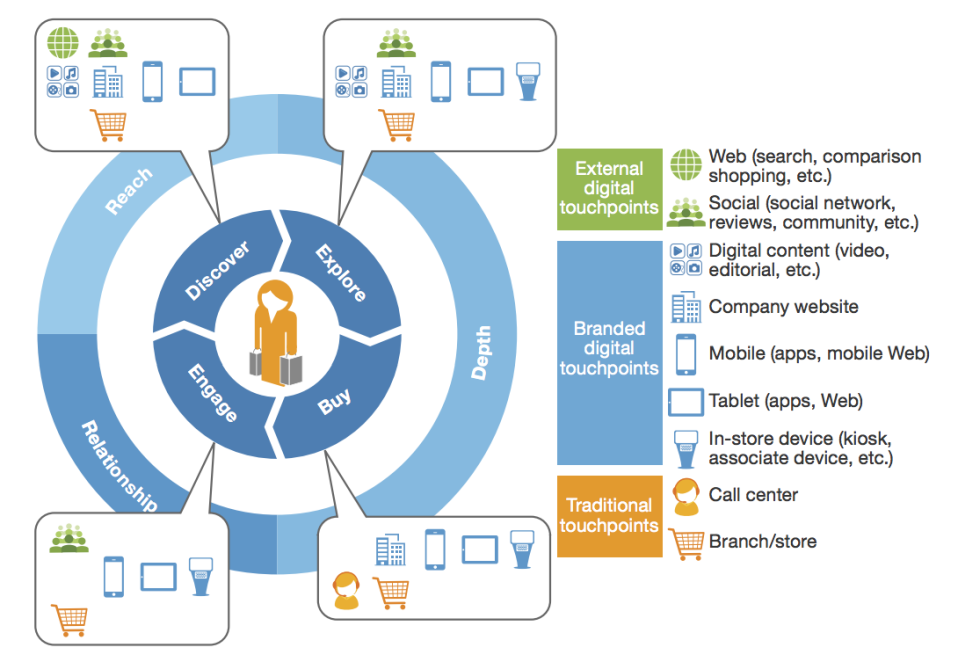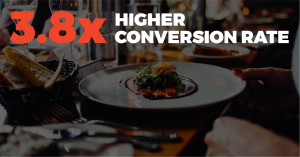Customer data is driving the next generation of omnichannel marketing strategies. What you can do to stay ahead of your competition.
Every time you interact with your customers, you have the opportunity to aggregate invaluable information. That data can inform your marketing strategies if you leverage it and turn it into actionable insights.
McKinsey predicts that data-activated marketing can boost total sales by 15 to 20 percent (and even more for digital sales) while significantly improving the ROI on marketing budget across all channels.
These strategies are based on a customer’s real-time needs, interests, and behaviors.
We’re not talking about the same old “Hi [ FIRST NAME ]” kind of personalization.
The way companies used to segment their audience is too isolated and simplistic, failing to take into account the complex manner in which consumers interact with brands across all channels, and at various stages of their customer journeys.
With the information available to today’s businesses, it’s not the lack of data that plagues marketers.
Instead, they have access to more data than they know how to utilize effectively.
Thankfully, new technologies are emerging to help brands leverage the vast amount of customer data to deliver personalized messages across all customer touch points, creating an exceptional customer experience.

Here’s how you can activate customer data by implementing personalized marketing campaigns across all channels:
1. Create Single Customer View
A 360-degree customer profile is the foundation of any successful omnichannel personalized marketing campaign.
By using an omnichannel marketing software, you can consolidate all customer data and collect signals from ongoing interactions to aid in the creation of targeted messages and offers.
2. Make Decisions Based On Signals
When customers interact with your brand at different touch points, they leave behind “signals” that can inform your next personalized marketing message.
These “signals” could be cart abandonment, Facebook “check in” at a store, entering an area within your “geo fence,” or returning to your website shortly after a purchase.
3. Deliver Real-Time Personalized Experiences and Offers
By combining signals from a customer’s real-time interaction with your brand and the customer’s history, habits, and preferences, you can deliver the most relevant content or offer in the right place at the right time.
Utilize a centralized platform to implement your personalized marketing campaign so you can deliver consistent messaging across all channels.
This will ensure that all content is working synergistically to move your customers seamlessly along the buyer’s journey.
4. Send Personalized Email
Consumers are fed up with getting one-size-fits-all content and promotions that have nothing to do with their interests, preferences, or habits.
Email is one of the best ways to tailor unique messages. Having them sent at the appropriate frequency positions your brand as relevant and valuable.
It’s an easy way to reach mobile users, a transactional medium perfect for coupons, and allows you to track metrics to understand what works so you can refine your campaigns.
5. Offer Individualized Content On Website
When your customers log onto your website, you can leverage their behavioral data (such as browsing history and interactions with your brand) to deliver relevant and valuable content such as useful articles, localized information, product recommendations or special offers.

Your customer data is a treasure trove of information and it’s the next frontier in personalized marketing.
With the help of today’s technology, you can now tap into that knowledge to help maximize engagement and increase ROI.
Explore our library of resource to see how you can get more leads and generate more sales with omnichannel marketing.



 Image source
Image source Image source
Image source











![[Case Study] Successful Application Of Omnichannel Personalization To the Restaurant Industry](https://nectarom.com/wp-content/uploads/2017/08/Restaurant-300x200.jpg)









